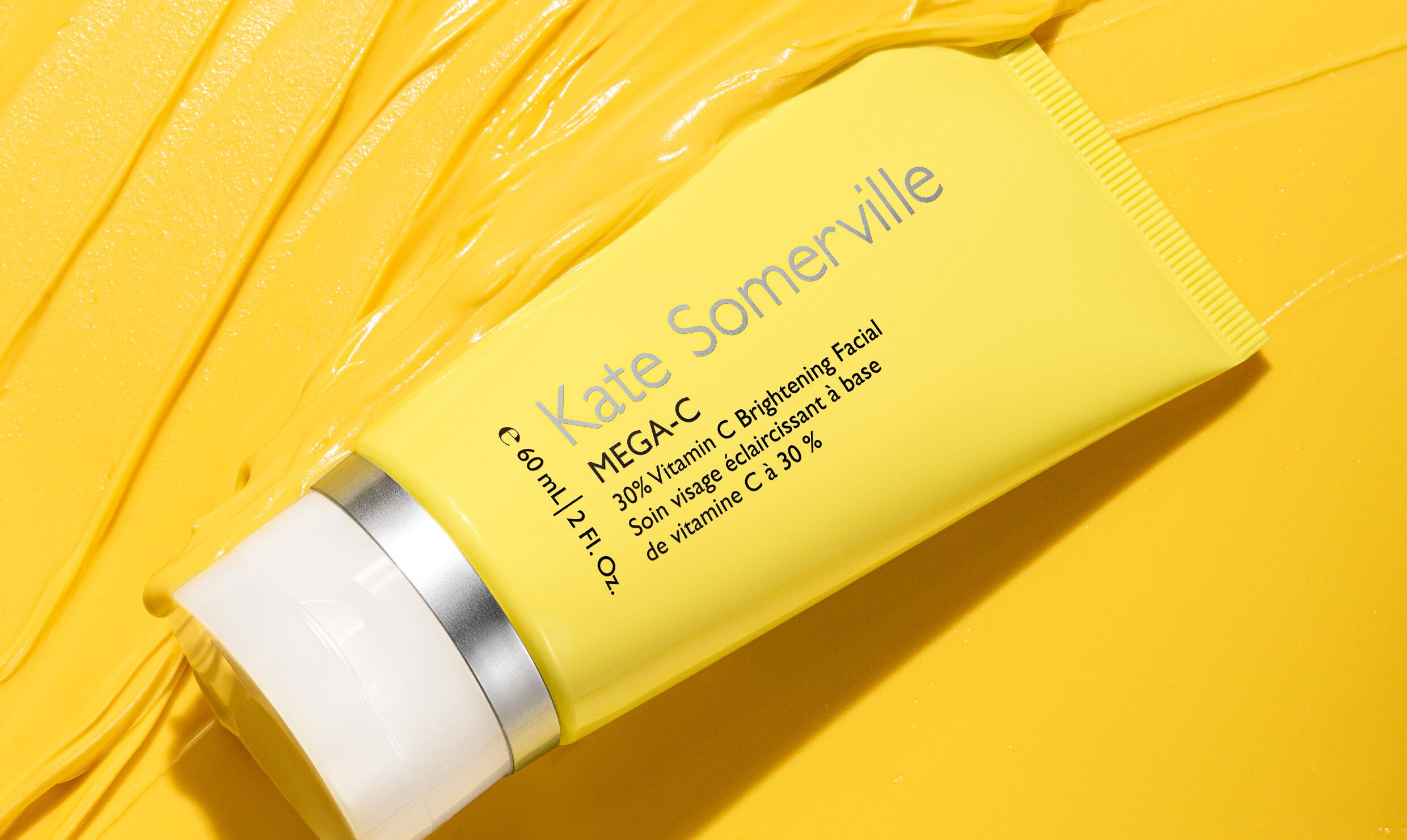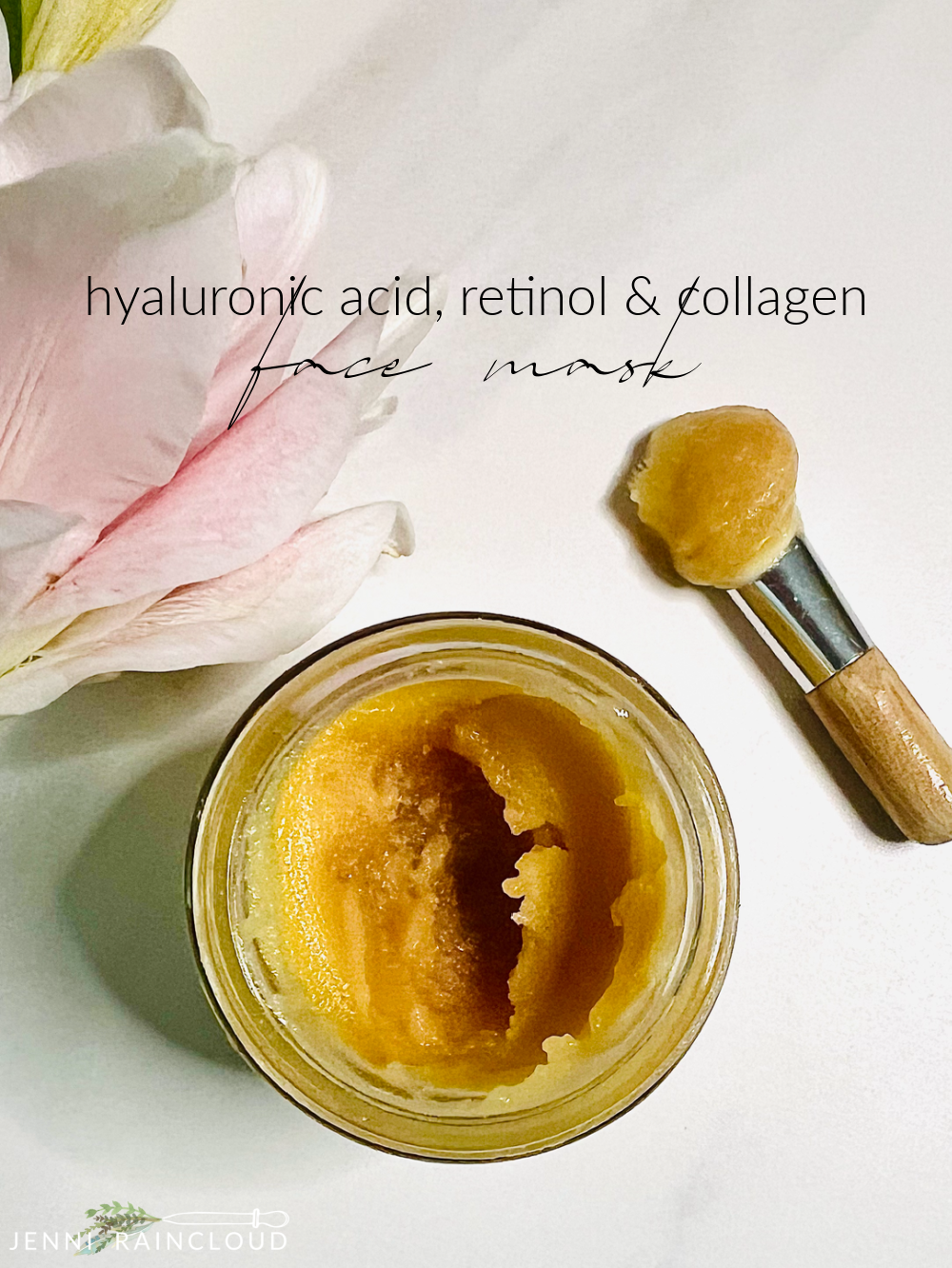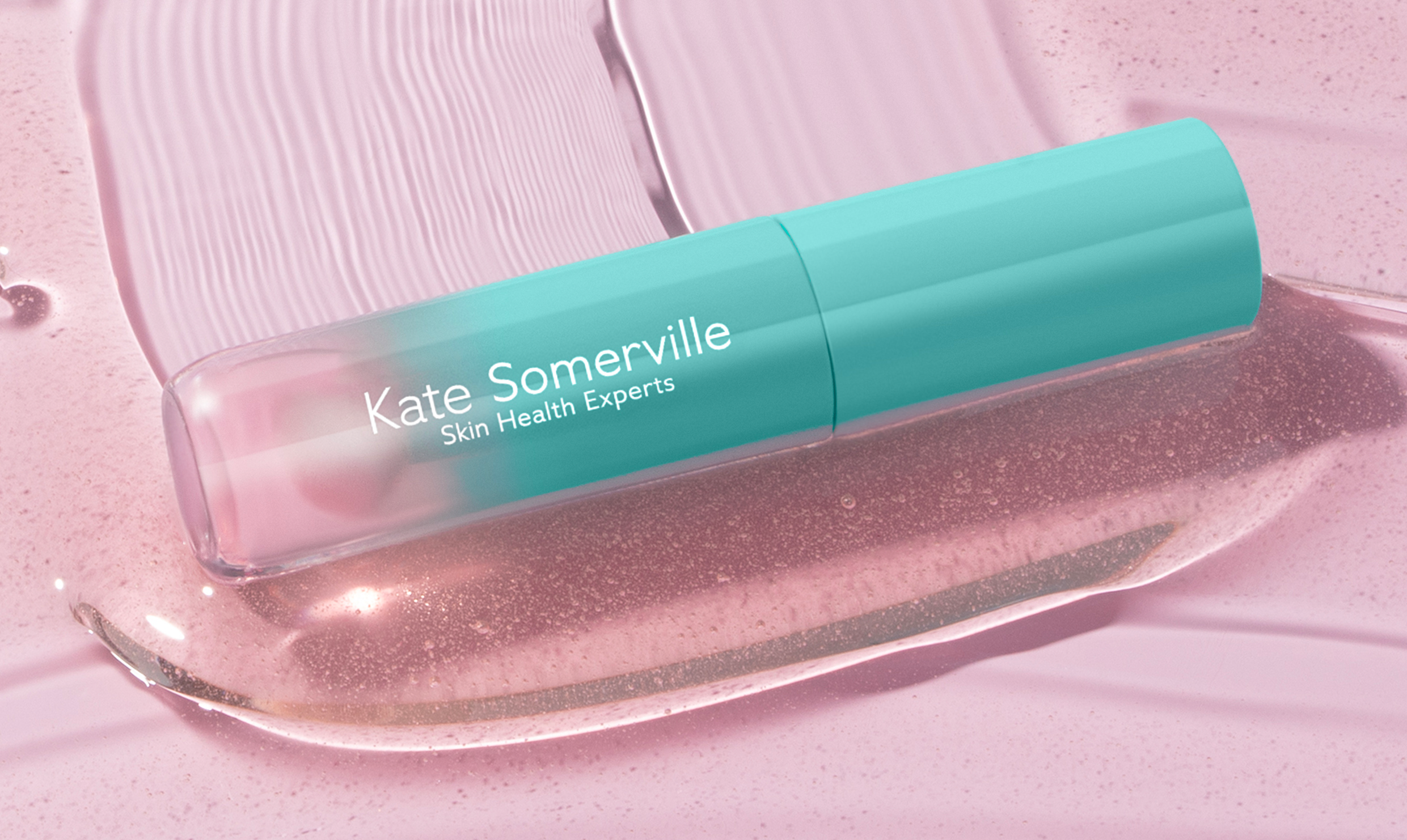
Hidradenitis suppurativa (HS) is a complex and often misunderstood skin condition, shrouded in several misconceptions about hidradenitis suppurativa. An important part of the challenge faced by those living with HS is dealing with the myths surrounding their condition. A common misconception about HS is the belief that it is contagious. This mistaken belief can lead to unnecessary social stigma and isolation of people affected by HS. Through this article we aim to dismantle this myth by providing clear and precise information about Hidradenitis Suppurativa, placing special emphasis on its non-contagious nature.. To learn more, join our next Zoom meeting on January 13, 2024 at 6:30 pm EST
In addition to addressing the myth of contagion, it is essential to explore the treatments available for HS. While there is currently no cure for HS, several treatments can help manage symptoms and improve the quality of life for those living with the condition. These treatments range from medications to lifestyle changes and are tailored to the severity and progression of the individual’s condition.
By the end of this article, readers will have a clearer understanding of the facts about hidradenitis suppurativa. Knowledge is a powerful tool to combat misconceptions, and through this expanded understanding, we hope to contribute to a more informed and compassionate society that supports those affected by HS.
What is hidradenitis suppurativa?
Hidradenitis suppurativa (HS) is a chronic skin condition that presents a significant challenge in dermatology due to its complexity and the impact it has on patients’ lives. Characterized by its non-contagious nature, HS often manifests as painful lumps under the skin, mainly in areas where the skin rubs. A key problem with HS is its propensity to be misdiagnosed, which can lead to delays in appropriate treatment and management. This misdiagnosis is usually because its symptoms resemble other skin conditions. Gaining a deeper understanding of HS is crucial for effective management and reducing the psychological and physical burden it imposes on individuals.
Long-term management required
Management of Hidradenitis Suppurativa (HS) is a long-term commitment, primarily due to its chronic nature. This condition is characterized by the development of painful lumps under the skin, often causing great discomfort. It is important to highlight that, contrary to widespread misconceptions, HS is not contagious and is not caused by poor hygiene. Rather, it arises from complex factors that are still being investigated. Recognizing the chronic aspect of HS is crucial for both patients and healthcare providers, as it underscores the need for sustained and personalized treatments for HS. Effective management strategies can significantly improve the quality of life for those living with HS, making patient understanding and education vital components of care. So is HS really contagious?
The misconception of contagion
The visual manifestation of hidradenitis suppurativa (HS) often leads to a misconception that it is a contagious condition when in fact it is not. This erroneous belief derives largely from its physical appearance, which can resemble certain contagious skin ailments. However, it is essential to note that HS is not contagious at all. Dispelling this myth is crucial to reducing the social stigma and misunderstanding associated with HS. By spreading accurate information about HS, we can foster a more understanding and empathetic environment for people facing this difficult skin condition. Understanding the true nature of HS is the first step in changing perceptions and providing appropriate support and compassion to those affected.
Why HS is not contagious
- No evidence of transmission
- Not caused by bacteria or viruses.
- Genetic and environmental factors.
- Misunderstood due to appearance.
It is essential to understand that HS cannot be transmitted from person to person. Unlike conditions caused by bacteria or viruses, HS results from a combination of genetic and environmental factors.
Common misdiagnosis of HS
Hidradenitis suppurativa is frequently confused with conditions such as acne or folliculitis, creating a cloud of confusion around his diagnosis. This confusion not only delays effective treatment but also perpetuates myths surrounding the disease. By highlighting the importance of distinguishing its unique symptoms, this scenario underscores the need for greater awareness and accurate diagnosis for better management of hidradenitis suppurativa.
Conditions Often Confused with HS

- Acne
- Folliculitis
- skin infections
- sexual transmission
Infections These misdiagnoses stem from the visual similarities of HS to these conditions, particularly in the areas it affects. However, HS is distinguished by its chronic nature and requires specific long-term management strategies.
The long-term nature of HS

Hidradenitis suppurativa (HS) is a chronic condition that requires ongoing and multifaceted management strategies. acute medical problems Although it can resolve quickly, Hidradenitis Suppurativa (HS) requires ongoing, multifaceted care. This chronic skin condition requires a variety of treatment approaches, tailored to each individual’s unique situation. It is a journey that involves regular monitoring and adaptation, as the effectiveness of treatments can vary over time and with changes in the severity of the condition. Understanding the complex nature of HS is crucial, not only for patients but also for their healthcare providers, to ensure a comprehensive and effective management plan.
For those living with HS and their support networks, recognition of the long-term nature of the illness is vital. Regular consultations with healthcare professionals are key, as they provide opportunities to evaluate progress, make any necessary adjustments to treatment plans, and address any concerns that arise. Adherence to recommended HS treatments, along with staying informed about the latest research and advances in HS management, plays a critical role in effectively managing the condition. These strategies help not only relieve symptoms but also improve the overall quality of life of people affected by HS.
Long-term HS management
- No known cure
- Long-term treatment plans
- Lifestyle adjustments
- Support and understanding
Dispelling myths and offering support
It is important to dispel myths about HS to encourage better understanding and provide appropriate support to those affected.
Myths versus facts
Myth: HS is contagious
Made: HS is a chronic, non-contagious disease.
Myth: HS is the result of poor hygiene.
Made: HS is due to genetic and environmental factors.
Understanding these facts helps reduce stigma and supports those living with HS.
Understanding the truth about HS is crucial to providing empathy and appropriate support to those affected by this challenging condition. HS, while not contagious, requires ongoing management and understanding. It is essential to foster a supportive community that recognizes the struggles that people with HS face, facilitating both emotional and practical assistance. By promoting awareness and dispelling misconceptions about hidradenitis suppurativa, we can contribute to a more inclusive and supportive environment, where people with HS feel understood and supported in their journey.







